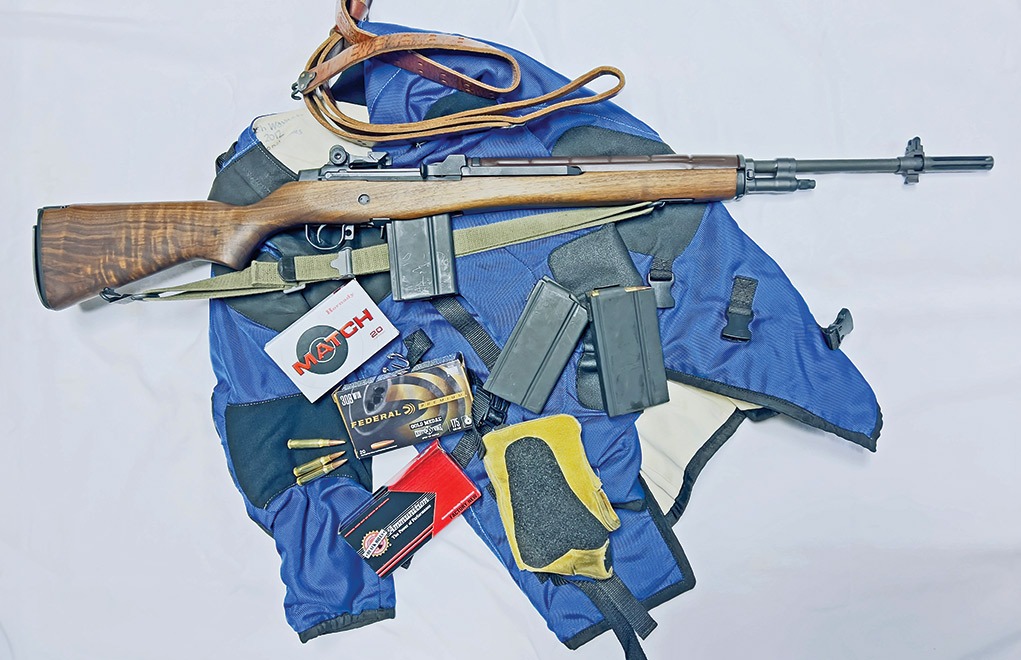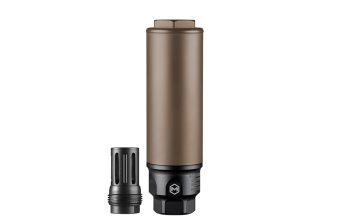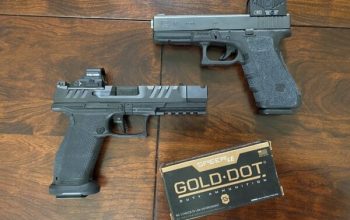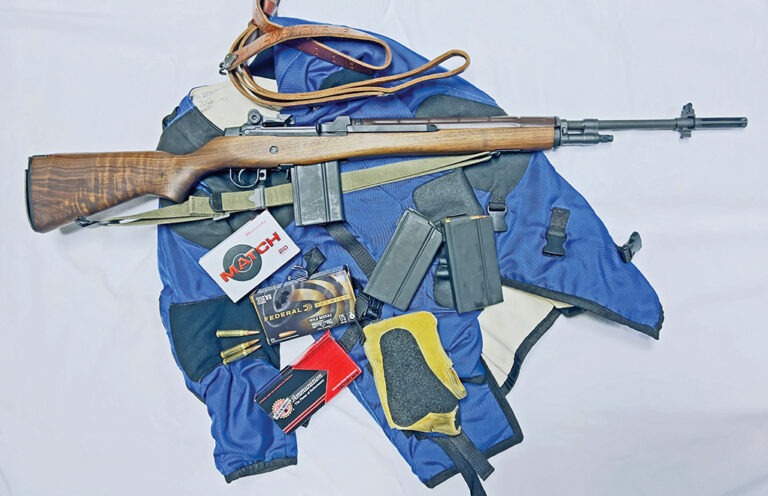
We hit the range to test out the Fulton Armory M14, discuss the rifle’s military history and how it fares in civilian hands today.
The M14 rifle has enjoyed an interesting but largely unknown history. It’s a direct descendant of the famous M1 Garand; however, it has a much more convoluted and harder to understand backstory that may be somewhat different from how you imagine it to be.
The common notion is that the M14 was simply introduced too late, and the world had already moved on to other designs, earning it the title of the “shortest lived” U.S. service rifle … but this is far from the truth, and the story of the rifle is much more complicated.
Today, the finest examples of this rifle come from Fulton Armory, a company doing its best to not only preserve the legacy of these rifles, but to also make them match accurate.

M14 History
What we call the M14 today is a simplified term that’s really a mashup of a variety of nearly similar rifles that, due to various legal and technical considerations, aren’t one in the same, but essentially identical for end-use. That word salad is important because the real M14 is classified as a machine gun, and it was ineligible for sale to civilians through the government like the M1 Garand, 1903 Springfield, M1 Carbine and others.
The M14 as we know it today is the civilian model that came about initially as the M1A, a model name Springfield Armory owns and coined. Every M1A is a Springfield Armory commercial rifle, but not all semi-auto M14s are Springfield guns and simply go by whatever designation the company of origin decided on, usually just the simple M14 designation despite not being a true M14 in design.
The entire reason why we have the Springfield M1A and Fulton M14 is the civilian demand for a match rifle otherwise identical to the military M14. The first NFA-compliant non-machine-gun M14 variants were not available until the 1970s.

The military M14 had a similarly problematic design history in that it was the result of numerous attempts to create a “universal” rifle that essentially doubled as a light machine gun. The need to have full-auto capability was seen as necessary by the military brass, but it was also construed as needing to be light, accurate and in the full-power 7.62 NATO cartridge. The combination of physical elements on the rifle led to a number of issues, namely that it was considered to be impossible to control in full auto, and it heated up enough that it ran into problems.
To compound this, the idea of rifle shooting had changed after the Korean War. The culture of marksmanship so ingrained in American doctrine was seen as obsolete to an extent. The alternatives, however, weren’t promising, and various military groups were hesitant to move to the “area fire” approach that was being researched. Individual marksmanship was always a priority—though the winds of change were favoring the M16, as issue after issue plagued the M14 and its ability to actually reach troops.
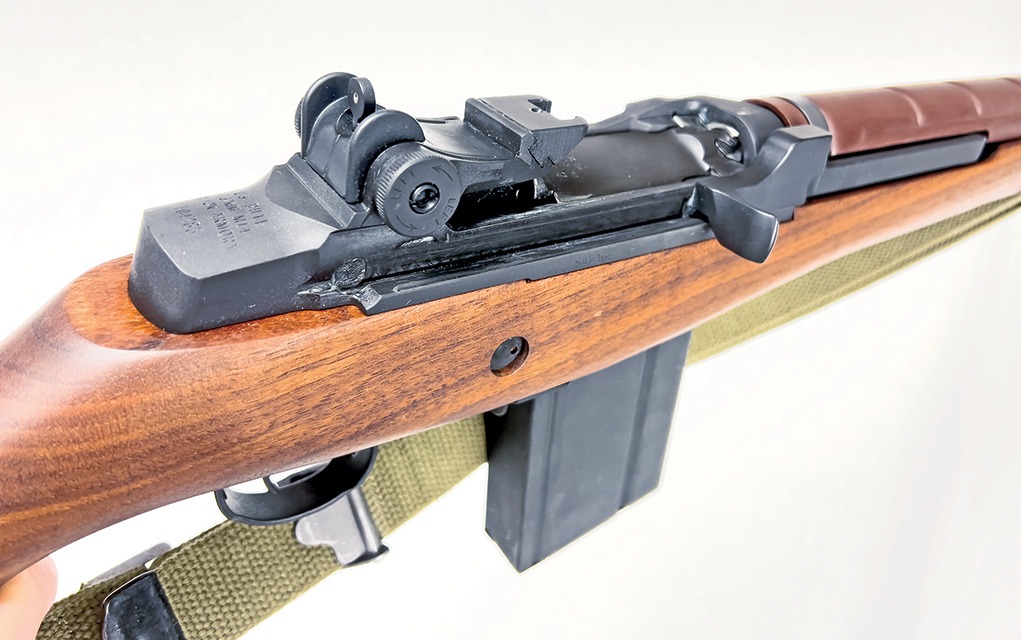
Delays and other factors saw the M14 fail to reach high production numbers for more than 2 years after its official adoption, and by this time it had left a sour taste in the mouth of the military and taxpayers who had just produced millions of M1 Garands and carbines without these same problems.
It’s important to know that the 1950s were a hotbed of military experiments and trials designed to bring about the next generation of weapons. The M16 would become the ultimate warning to this mode of progress in that it was initially successful during the early stages of Vietnam, but it quickly ran into issues that caused an unknown number of casualties due to poor materials and lack of maintenance support.
The M14 was a great rifle for its day, with the exception of being fully automatic, a feature that would ultimately be seen as unnecessary and keep the rifle out of civilian hands for the better part of 2 decades until the arrival of the redesigned semi-auto-only M1A in the ’70s. The gun was indeed inadequate in the dense jungle environments in which it was asked to fight—it would’ve been an ideal weapon for the open-ground and forested area fighting in Korea.
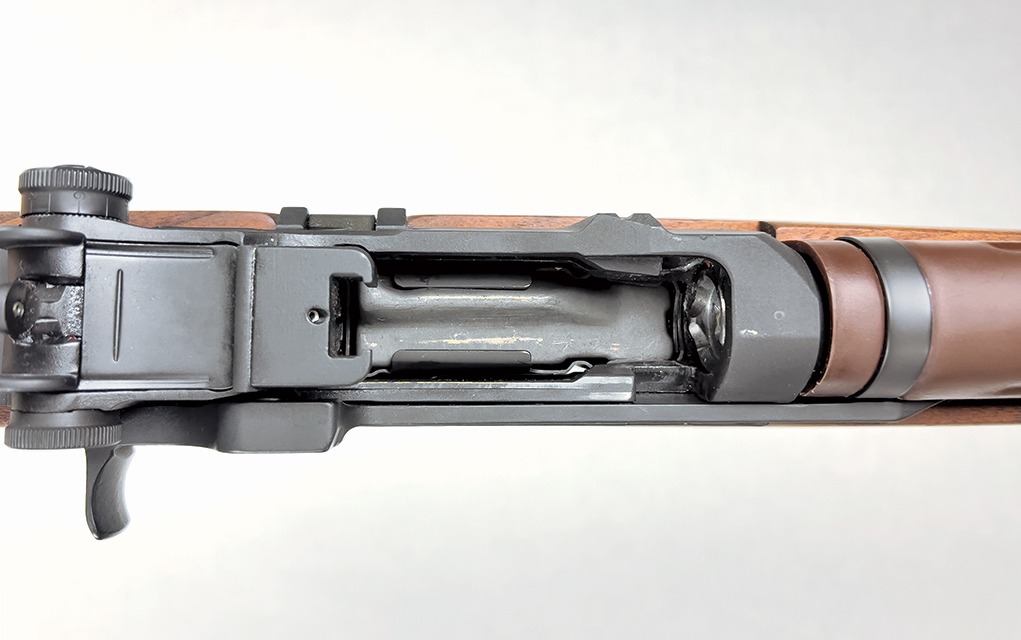
The M14 in military hands was, in fact, supplemented by the civilian models into the ’80s and ’90s. Because military stocks fit civilian models and vice versa with some modification, aftermarket and match options became available as competitors sought to get maximum accuracy from their rifles. Of interest is that most of the real developments in M14 accuracy came from the civilian competition side of things when shooters began tinkering with bedding, unifying the upper handguard to the barreled action, and tweaking the lugs and lockup. The civilian M14 was basically born of the desire for match shooting superiority, and its evolutions and modifications can be traced directly to these roots.
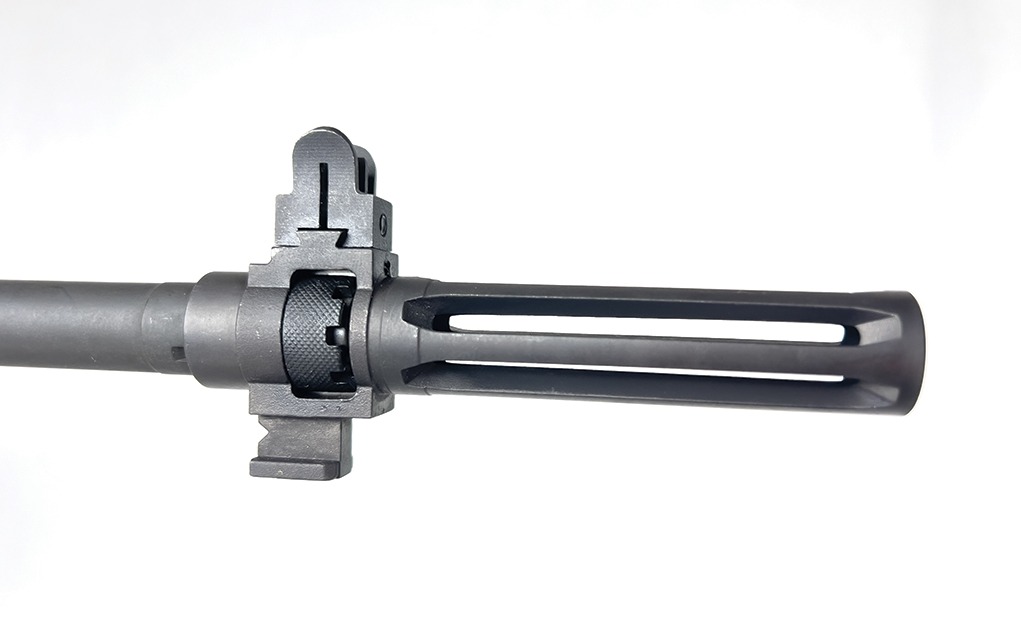
The military M14 never really left U.S. service: It was still used in a variety of roles up until the War on Terror, where it was again called upon for direct action. This became a confusing time for the M14 because its most-recognizable configurations were relatively short-lived, such as the iconic EBR variant. Other rifles would come along and replace it, such as the M110 as a marksman’s rifle, but the M14 somehow kept holding on. These rifles have been spotted in the current war in Ukraine and other hotspots around the world.
The Fulton Armory M14 Service Rifle
Today’s M14 variants are enjoying a bit of a spike in popularity, as the ongoing retro trend has pushed consumers to wood and steel instead of flavor-of-the-day AR and striker pistols. I approached Fulton Armory to discuss doing an M14 build after I had so much success with their M1 Garand restoration. After running through a variety of options, we eventually decided on what we felt people would be most interested in seeing: a purest-form service rifle with only the most necessary upgrades (such as a trigger job). The goal was then for me to fire this rifle in the first Fulton-sponsored McKee Memorial Match during the CMP National Matches at the historic Camp Perry—hallowed ground for all American shooters.
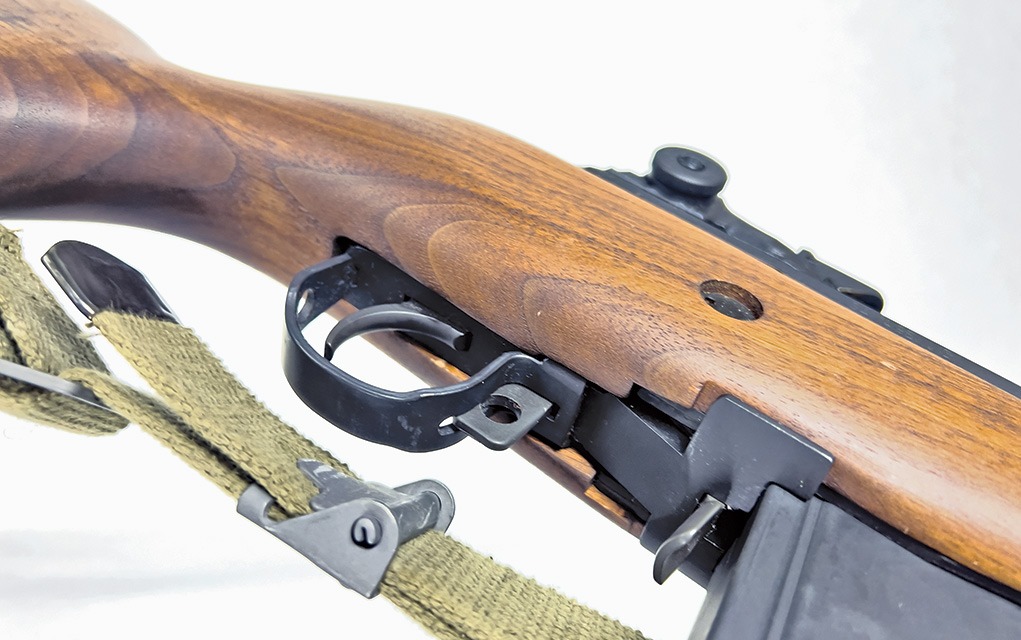
We agreed to terms in late July 2023, and, in February of 2024, I got sent the first images of my rifle under construction. The finished product was delivered soon after, and I set about getting it sorted for match shooting. The rifle was breathtaking when I opened the box. For those of us who appreciate these sorts of things, this was art. The rifle is what can only be described as the peak form of the M14, devoid of accuracy-robbing, full-auto capability … and with all the combined knowledge of FA’s gunsmiths. When handling this rifle, you’re handling American tradition at its finest.
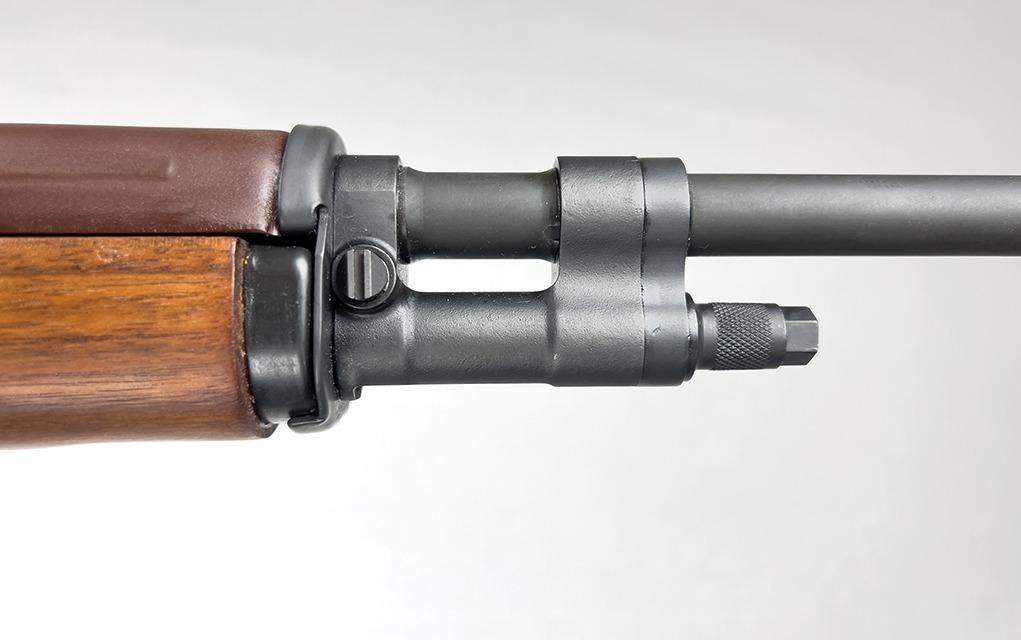
In a technical sense, this is a commercial M14 semi-auto variant with a receiver that meets USGI material and heat-treat specs. The parts are all as close to USGI as possible; in fact, some parts might actually be original. The barrel is a 22-inch chrome-lined .308 Win./7.62 NATO Criterion with a 1:12 twist. The stock is hand-fitted, a beautiful walnut in GI contour. The rifle arrived with a green canvas sling and one magazine. I contacted Check-Mate for additional new M14 magazines, and they sent me a variety in capacities from five to 25 rounds. Reliability with these mags in the FA M14 has been flawless with any ammo I’ve shot.
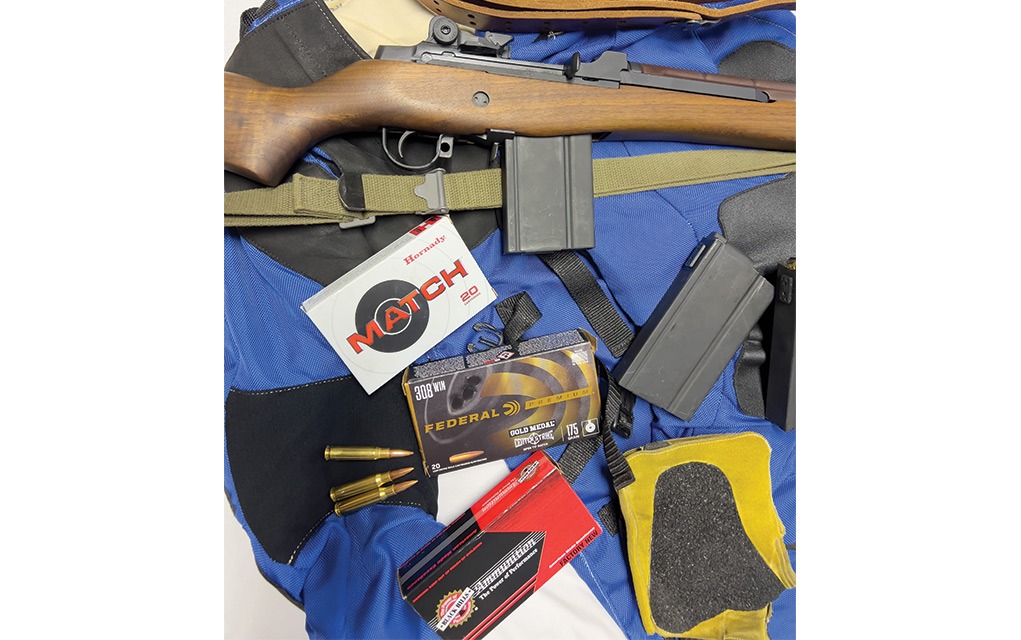
I took the rifle to the range and didn’t bother with bench accuracy testing—because I wouldn’t be firing it from the bench. Rather, I went straight to the old book of knowledge and set up a 200-yard target and my spotting scope, and I slung up with my coat. The old timers will tell you to center the rear sight on the centerline, bottom out the rear and count up 10 clicks to 200 yards … and hold “lollipop” with the bottom edge of the black center resting on the tip of the front sight. So that’s what I did.
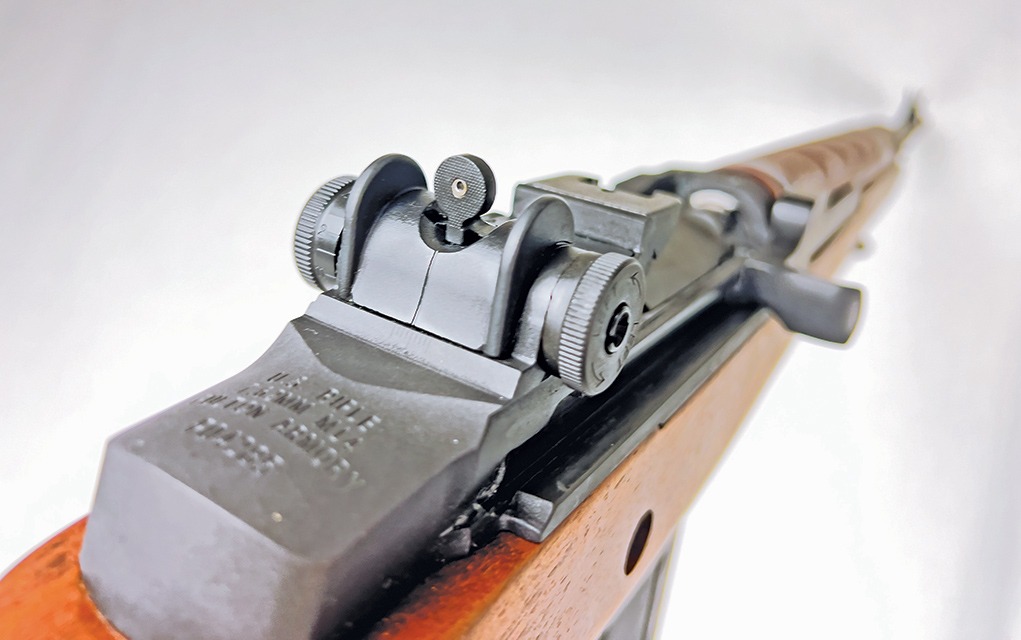
I proceeded to fire Black Hills 168-grain BTHP Match, Hornady 168-grain AMAX Match and Federal 175-grain Gold Medal Match ammunition. All of these match loads were punching 10 and X rings at this distance, my best groups were all effectively the same in this competition setting, averaging 1.5 MOA (3 inches for 10 shots at 200 yards prone with sling and coat). After the initial break-in, I was very satisfied with this and did some bench testing at 100 yards with the same loads using iron sights, and it came in roughly the same, if not better, but my eyes are only so good.
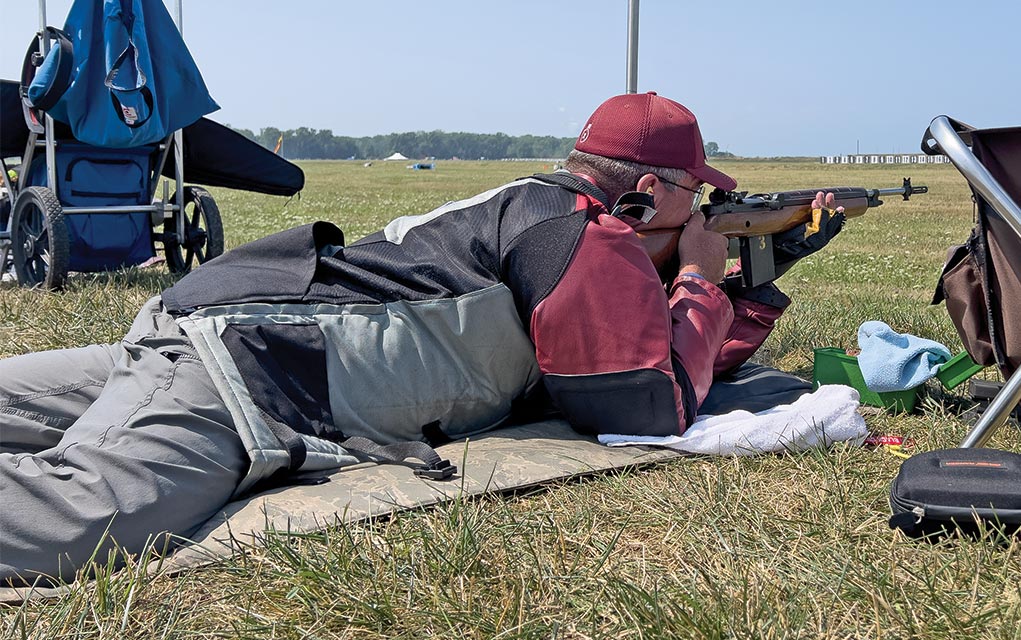
The Hornady load produced the best general results at 100 and 200 yards by a narrow margin and seemed to hover closer to 1 MOA, which is tighter than the width of the front sight itself. Offhand practice with the rifle was easy thanks to its low recoil. Bear in mind here that while I’m not close to the best by any stretch, I have shot CMP with iron sights for 20 years and have a good sense of how to get accuracy with them. It’s a skill, but today’s shooters will probably get better results now that optics are legal for Unlimited class at Camp Perry.
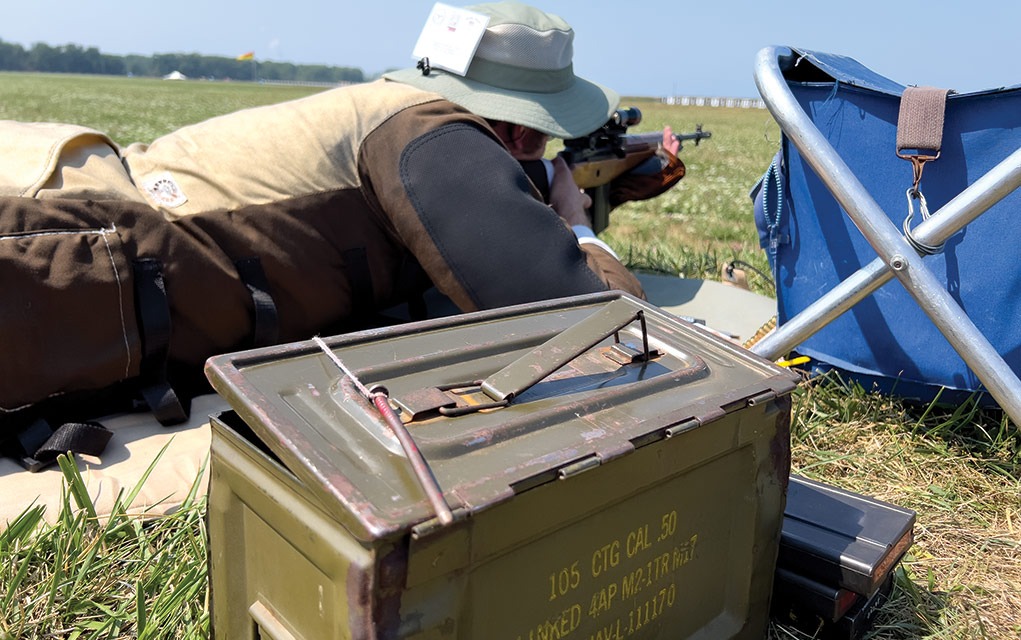
As far as a rifle like this goes, it’s just about perfection. I have two rifles built by Fulton Armory, and I’ll never part with them—they’re just that good. Not everyone wants to fork over the cash for a rifle like this, but in my experience as a 2-decade service rifle competitor, I’d say there’s simply no better option that so closely approximates not just what was used by the military, but also the civilian rifles that have kept interest in the M14 alive for over a half-century. You’ll end up paying more on top of another M14 variant just to get it close to the accuracy and reliability that the Fulton M14 arrives with out of the box.
McKee Memorial Match at Camp Perry
The M14 has a long history at Camp Perry, the mecca of traditional marksmanship in America. The Civilian Marksmanship Program (CMP) runs things at Camp Perry, and the site has been the home of the National Matches for more than a century. Some of the most storied names in shooting history have graced these sacred grounds along the northern Ohio shore.
The M14 Heritage Match was held on Saturday, August 3, 2024, the day before I sat down to pen this article, meaning the experience is as fresh in my mind as it can be. While the M14 match has been fired for a while at Perry, this is the first year Fulton Armory is the new sponsor—the notable expertise and changes brought about by Fulton have been much needed. The inaugural match is named in honor of Clint McKee, the founder of Fulton Armory and highly respected figure in the rifle community.
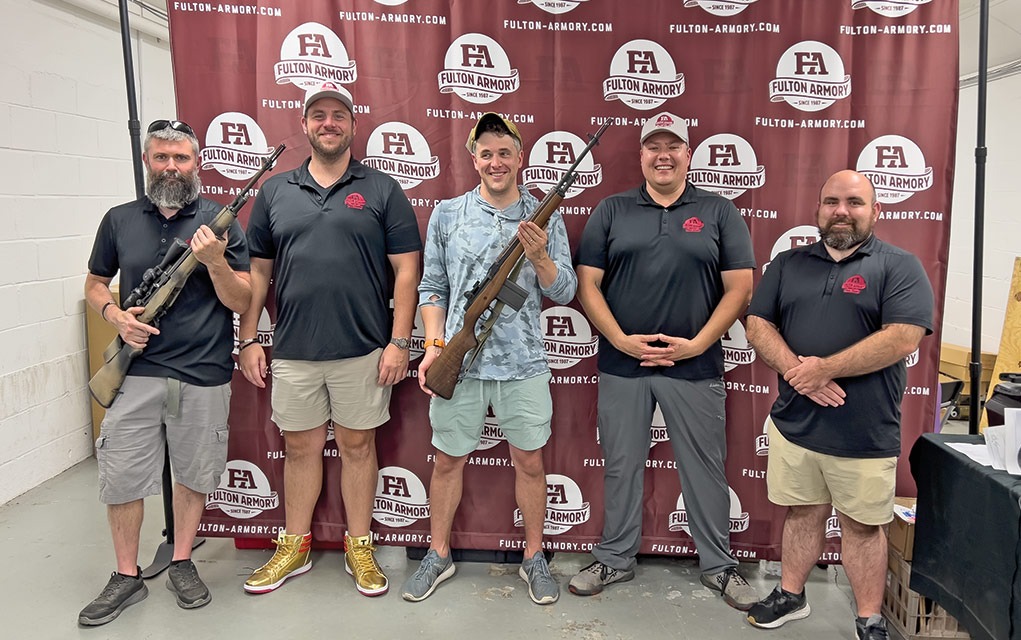
I met with the Fulton crew throughout the day and was even paired as a shooting partner to well-known expert marksman Brian Williams. Needless to say, Williams schooled me completely, but that was to be expected. I shot the Fulton rifle in the match using factory Hornady loads and did well at 300 yards for the four-position, 45-round match. My game was about on par with my past scores, except in the rapid-fire sitting portion where I didn’t fare well and had two misses due to my lack of experience in firing in that position.
Life is long and I took this as an opportunity to live and learn. The Fulton rifle, of course, was more accurate than I was, but the moral of the story here is that you can, in fact, be quite competitive using a standard Fulton build and factory match ammo.
Editor’s Note: This article originally appeared in the October 2024 issue of Gun Digest the Magazine.
More Classic Military Rifles:

Next Step: Get your FREE Printable Target Pack
Enhance your shooting precision with our 62 MOA Targets, perfect for rifles and handguns. Crafted in collaboration with Storm Tactical for accuracy and versatility.
Subscribe to the Gun Digest email newsletter and get your downloadable target pack sent straight to your inbox. Stay updated with the latest firearms info in the industry.
